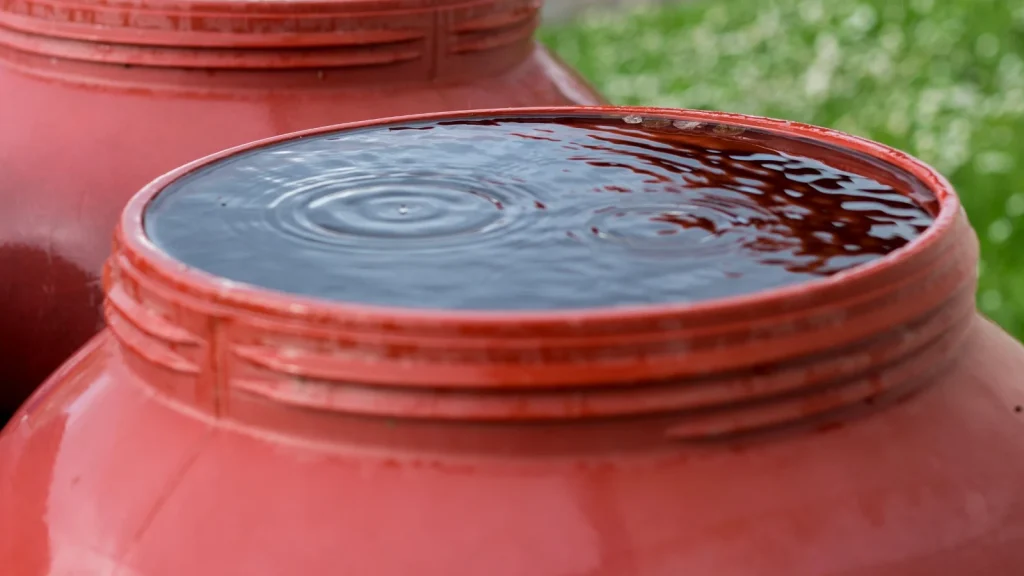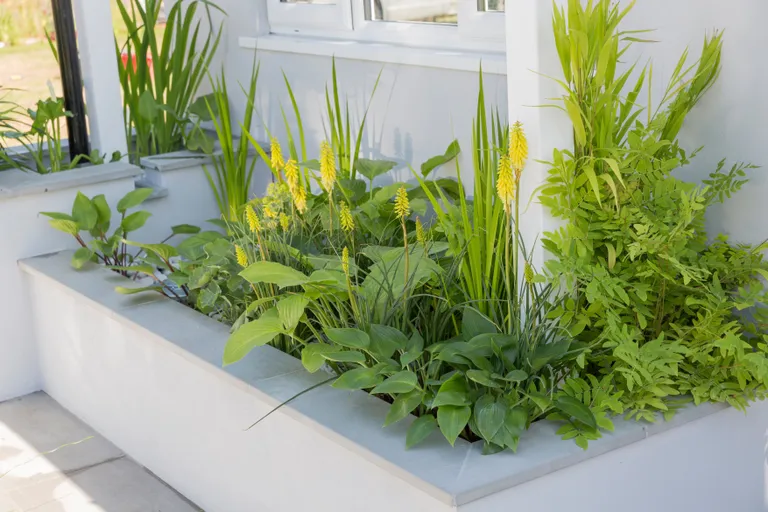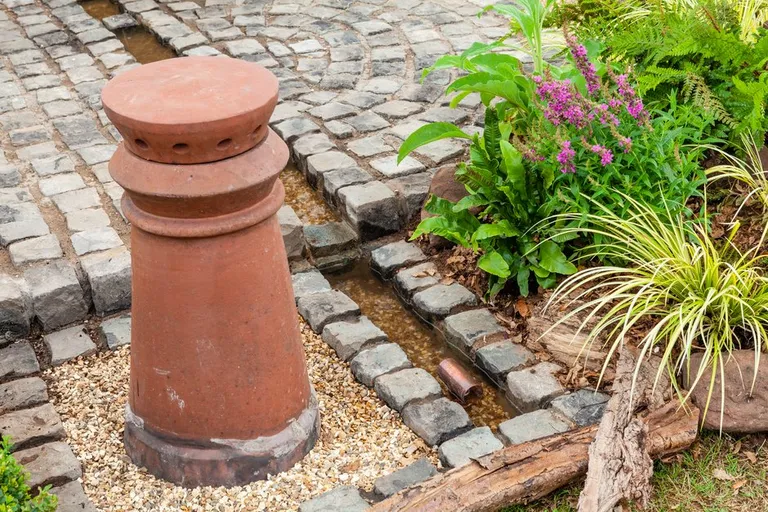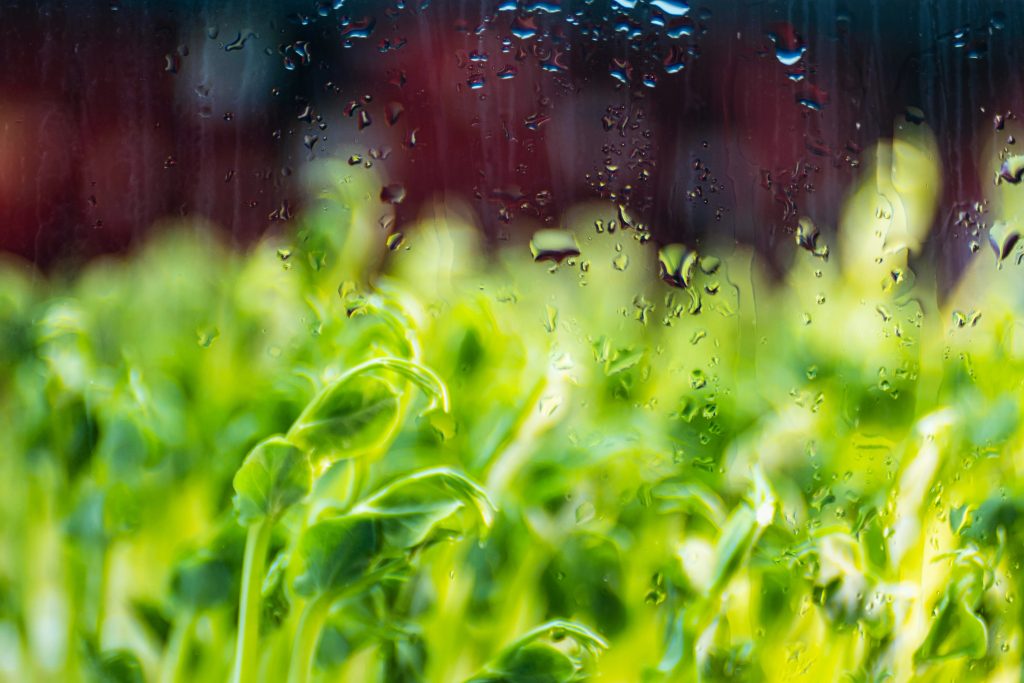
Rain gardens are a beautiful and functional way to enhance your landscape while helping the environment. These eco-friendly gardens are designed to capture and absorb rainwater runoff from roofs, driveways, and other impervious surfaces, reducing erosion and preventing pollutants from reaching nearby waterways. But beyond their practical benefits, rain gardens offer endless design possibilities, allowing you to create a stunning natural feature that complements your outdoor space. Exploring these beautiful design ideas for rain gardens will inspire you to transform your landscape into a thriving, eco-conscious oasis.
Natural Rain Garden
A sustainable and visually appealing way to manage stormwater runoff while enhancing your landscape. By strategically placing a rain garden in a slightly sloped area of your property, you can capture and filter rainwater before it becomes a problem. The design typically includes an inflow area, a basin filled with water-loving plants, and an overflow area.
Keep it Flowing
When designing a rain garden, it’s essential to work with the natural flow of water on your property. Start by observing your landscape throughout the seasons, noting where water tends to collect and flow after rain or snow melt. Identifying these areas will help you strategically place your rain garden to enhance drainage while preventing erosion. By planting water-tolerant species in these wet zones, you can transform potential problem spots into thriving, eco-friendly spaces.
Capture Rainwater

By integrating a rain garden design, you can efficiently collect and repurpose rainwater, reducing the need for additional irrigation while helping to conserve water. This eco-friendly method not only supports the health of your plants but also minimizes runoff, preventing erosion and protecting local waterways. Beyond its practicality, capturing rainwater enhances your garden’s connection to the natural water cycle, creating a harmonious and self-sustaining landscape that thrives even during dry spells.
Collect Water In Raised Planters

By strategically placing raised planters beneath downpipes, you can capture excess rainwater from roofs and direct it into a series of tiered planters. The water flows from one planter to the next, creating a natural irrigation system that nourishes a variety of plants. The planters closest to the downpipe can be filled with water-loving plants that thrive in wetter conditions, while those further away can house perennials that prefer drier soil.
Channel Water Down Steps

Channeling water down steps is a creative rain garden design idea that beautifully merges functionality with aesthetics. By directing rainwater runoff from a downpipe along a series of garden steps, you can create a visually stunning feature that also serves an ecological purpose. As the water gently flows down the steps, the soothing sound of trickling water adds a sensory element to your garden, enhancing its tranquil atmosphere. To prevent soil erosion at the base, consider using cobbles or gravel, which will help stabilize the area while maintaining the natural look of your landscape.
Go For Subtle Features As A Link
Imagine a gentle slope or a discreet channel that directs excess water from your garden beds or raised planters towards a beautifully designed rain garden. Instead of making these functional elements the focal point, you allow them to blend naturally into the environment. For example, a narrow, stone-lined trench could quietly lead water from the garden to a gravel bed or a lush rain garden, ensuring proper drainage without disrupting the aesthetic of your outdoor space.






















